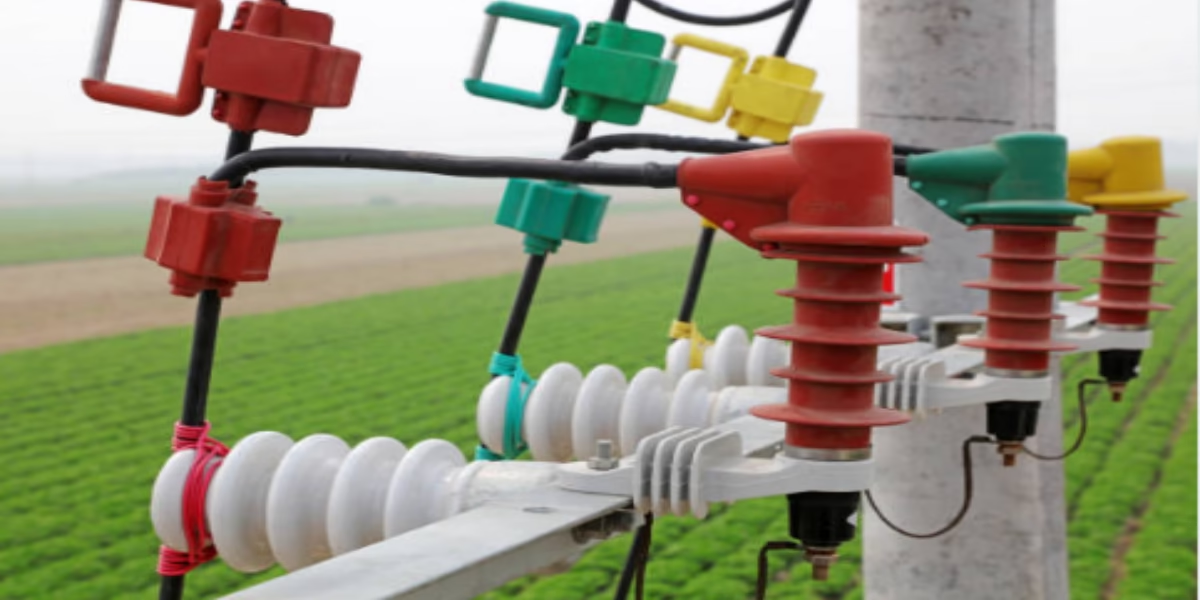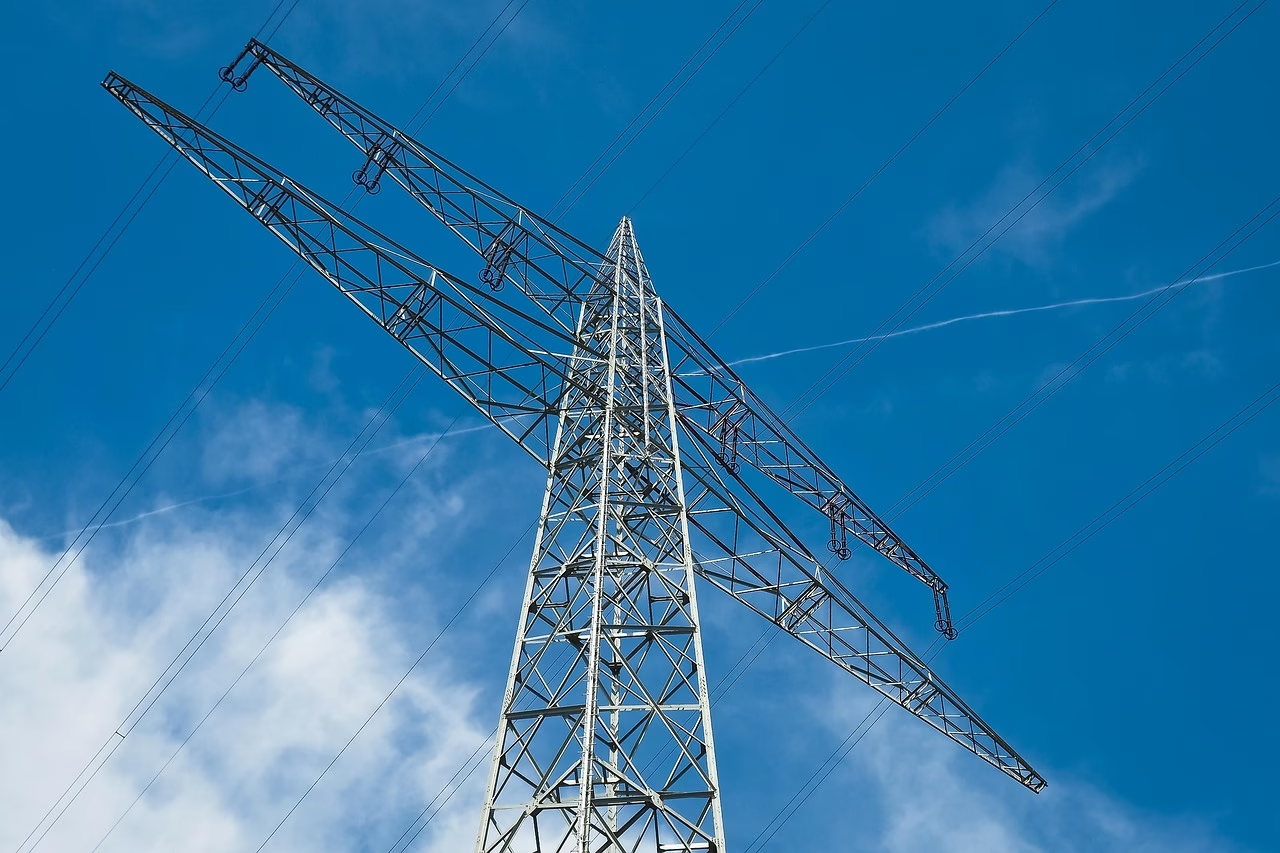Exploring the Artistry and Functionality of Fused Cutouts
In the intricate interplay of form and function, where creativity meets utility, the phenomenon of fused cutouts emerges as a captivating focal point. This unique artistic technique marries the worlds of design and practicality, allowing creators to manipulate materials in ways that are both visually stunning and purposefully effective. The delicate balance of negative and positive space in fused cutouts not only showcases an artist’s skill but also serves functional purposes that enhance everyday objects and spaces. As we delve into this world of layered craftsmanship, we will uncover the history, techniques, and diverse applications of fused cutouts, revealing how they bridge the gap between aesthetic pleasure and real-world convenience. join us on this exploration, where each cutout tells a story, inviting us to appreciate the beauty in what is created and what is omitted.
Table of Contents
- Understanding the Technique Behind Fused Cutouts
- Balancing Aesthetics and Practicality in Design
- Innovative Applications in Art and Architecture
- Tips for Successfully Implementing Fused Cutout Elements
- Q&A
- The Conclusion
Understanding the Technique Behind Fused Cutouts
Fused cutouts represent a captivating blend of art and engineering,showcasing how precise techniques can transform materials into intricate designs. These cutouts are typically made by layering different materials and using processes such as laser cutting or water jet cutting, which offer unparalleled accuracy. The fusion of materials not only ensures strength but also enables an array of artistic possibilities, creating a visual interplay of textures and colors. Some key aspects of the technique include:
- Material Selection: Choosing compatible materials that can effectively fuse together.
- Cutting Technology: Employing advanced cutting methods to achieve clean edges and complex shapes.
- Design Planning: Carefully drafting designs to ensure that functional and aesthetic goals align.
This method allows for an organic flow in the resulting pieces, as the inherent properties of each material contribute to the overall visual narrative. Additionally, understanding the thermal dynamics of heating and cooling is essential; it influences how materials bond and behave. A well-executed fused cutout can enhance structural integrity while delivering a unique artistic expression. To illustrate some common applications, consider the table below:
| Application | Purpose |
|---|---|
| Architectural Facades | Enhance aesthetic appeal and light filtering |
| Art Installations | Offer dynamic shapes and interactive experiences |
| Product Design | Create innovative and functional everyday items |
Balancing Aesthetics and Practicality in Design
In the realm of design, the interplay between aesthetic appeal and practical functionality is essential, especially when it comes to innovative techniques like fused cutouts. This design approach not only captivates the eye but also serves a purpose, creating a harmonious balance that elevates both the form and function of the piece. Strategic cutouts can introduce unique geometric shapes and play with light and shadow, yet they also remain mindful of usability, ensuring that the end product is not just a visual statement but an effective solution for everyday use.
To achieve success in this duality, designers must consider several key factors:
- Material Selection: Choose materials that enhance durability while allowing for intricate detailing.
- Proportions: Thoughtful sizing ensures that the cutouts do not compromise the structural integrity of the design.
- User Experience: Prioritize the way users will interact with the piece, ensuring comfort alongside visual allure.
The perfect blend of these elements can be distilled into a visual representation:
| Aspect | Aesthetic Value | Practical Benefit |
|---|---|---|
| Shape | Unique and eye-catching | Enhanced functionality for use |
| Texture | Visual depth and interest | Improved grip or tactile response |
| Color | Creates mood and style | Influences temperature and light absorption |
Innovative Applications in Art and Architecture
The integration of fused cutouts into art and architecture represents a paradigm shift where creativity meets functionality. these cutouts can add notable aesthetic value and enhance the structural integrity of contemporary designs. Architects are increasingly using this technique to create unique,luminous facades that change appearance throughout the day,responding to natural light and surroundings. This seamless integration of art within the built surroundings allows for dynamic spaces that go beyond mere utility. Some innovative applications include:
- Light Manipulation: creating patterns that diffuse sunlight and alter the atmosphere.
- Sound Absorption: Using cutouts to enhance acoustics in public spaces.
- Environmental Interaction: Designing features that react to weather conditions, such as rain or wind.
In addition to aesthetic appeal, fused cutouts have practical applications in urban planning and landscape architecture. Parks and public spaces utilize these designs to create engaging environments that encourage community interaction. For instance, benches and walkways can incorporate fused cutouts that blend artistry with safety and comfort. Here's a breakdown of some of the key benefits offered by fused cutouts in public spaces:
| Benefit | Description |
|---|---|
| Visual Interest | Enhances the aesthetic appeal of everyday structures. |
| Community Engagement | Encourages social interaction among residents. |
| Sustainability | Reduces waste by integrating art and architecture effectively. |
Tips for Successfully Implementing Fused Cutout Elements
Implementing fused cutout elements in your projects requires a thoughtful approach to ensure both visual appeal and structural integrity. Begin by focusing on the material selection; opt for flexible yet durable options that can withstand the rigors of your intended application. When designing, consider the interplay of negative space created by the cutouts, as it can significantly enhance the overall aesthetic. To achieve a seamless look, ensure that the edges of each element are smooth and well-finished. This not only contributes to a polished appearance but also prevents any potential sharp edges from compromising safety.
Proper planning plays a crucial role in successful implementation. Use digital tools and 3D modeling software to visualize your designs before execution. This allows for adjustments to be made early on, saving time and resources. When it comes to installation, precision is key; align elements meticulously to maintain harmony within the design. Consider incorporating lighting to highlight the cutouts, adding depth and intrigue to your work. Additionally, gathering feedback from peers during the design and installation phases can provide invaluable insights and enhance the final outcome.
Q&A
Q&A: Exploring the Artistry and Functionality of Fused Cutouts
Q: What are fused cutouts, and how do they blend artistry and functionality?
A: fused cutouts are intricate designs created by cutting away sections of material, often in layers, and then fusing them together through various means, such as heat or adhesives.This technique not only offers a captivating visual aesthetic but also serves practical purposes.The resulting structures can enhance light play,create unique textures,or improve the usability of a product while transforming a simple material into an unusual piece of art.
Q: What materials are commonly used in creating fused cutouts?
A: A variety of materials can be employed in the crafting of fused cutouts, including fabrics, paper, plastic, wood, and metal. Each material presents unique characteristics that affect both the visual outcome and structural integrity. For instance, sheer fabrics can create ethereal effects, while sturdy woods can provide durability and a tactile quality.
Q: How do artists determine the designs for their fused cutouts?
A: the design process for fused cutouts often begins with inspiration drawn from nature, architecture, or abstract concepts. Artists might sketch their ideas, experiment with different shapes and patterns, and consider the interplay of light and shadow. Practical considerations, such as the end use of the piece, often guide the design, resulting in a harmonious balance between artistic intent and functional application.
Q: Can you share insights into the creative process behind fused cutouts?
A: Creating fused cutouts involves several stages: conceptualization,design,cutting,and fusing. Artists typically start with rough sketches to visualize their ideas, followed by choosing materials suited to their vision. The cutting process—often done by hand or with precision tools—demands meticulous attention to detail. the fusion stage is where the magic happens, as layers are bonded together, transforming them into cohesive, functional works of art.
Q: How do fused cutouts contribute to contemporary design and architecture?
A: In contemporary design and architecture, fused cutouts are celebrated for their ability to merge form and function. They can be found in everything from decorative partitions to lighting fixtures, frequently enough adding depth and character to spaces. Their unique designs invite creativity while addressing practical needs, such as defining spaces, enhancing acoustics, or controlling light.
Q: What challenges do artists face when working with fused cutouts?
A: Artists frequently enough encounter challenges related to material limitations,the precision required in cutting,and the bonding process itself. Each material has its own properties that must be understood to avoid warping or tearing. Moreover,ensuring that the final piece retains both its intended aesthetic appeal and functional capabilities can be a delicate balance to achieve.
Q: How can one incorporate fused cutouts into their home decor?
A: Fused cutouts can be a beautiful addition to home decor through bespoke furnishings, wall art, or even functional items like screens and lampshades. Homeowners can look for pieces that reflect their personal style or consider commissioning unique work from artists. Simple DIY projects, using lightweight materials, also allow individuals to bring this artistic technique into their spaces in a personalized way.
Q: What is the future of fused cutouts in art and design?
A: The future of fused cutouts looks promising as technology evolves and hybrid techniques continue to emerge. Advances in digital fabrication and laser cutting are opening new avenues for precision and complexity, allowing for even more intricate designs. As sustainability becomes increasingly important in design practices, artists are also exploring eco-pleasant materials, ensuring that fused cutouts remain relevant and innovative in an ever-changing landscape.
The Conclusion
the realm of fused cutouts invites us into a dance of artistry and functionality, where creativity knows no bounds and practicality weaves seamlessly into design. As we’ve journeyed through the intricacies of this captivating craft, we’ve discovered that each cutout tells a unique story, balancing aesthetics with purpose. This interplay not only enhances the visual language of contemporary art and design but also challenges the boundaries of customary craftsmanship. The possibilities are endless, and as artists continue to experiment and innovate within this medium, we can only anticipate the future evolution of fused cutouts. Let this exploration inspire further curiosity and appreciation for the delicate balance between form and function in the art world—an invitation to see beyond the surface and appreciate the beauty of creativity at work.





